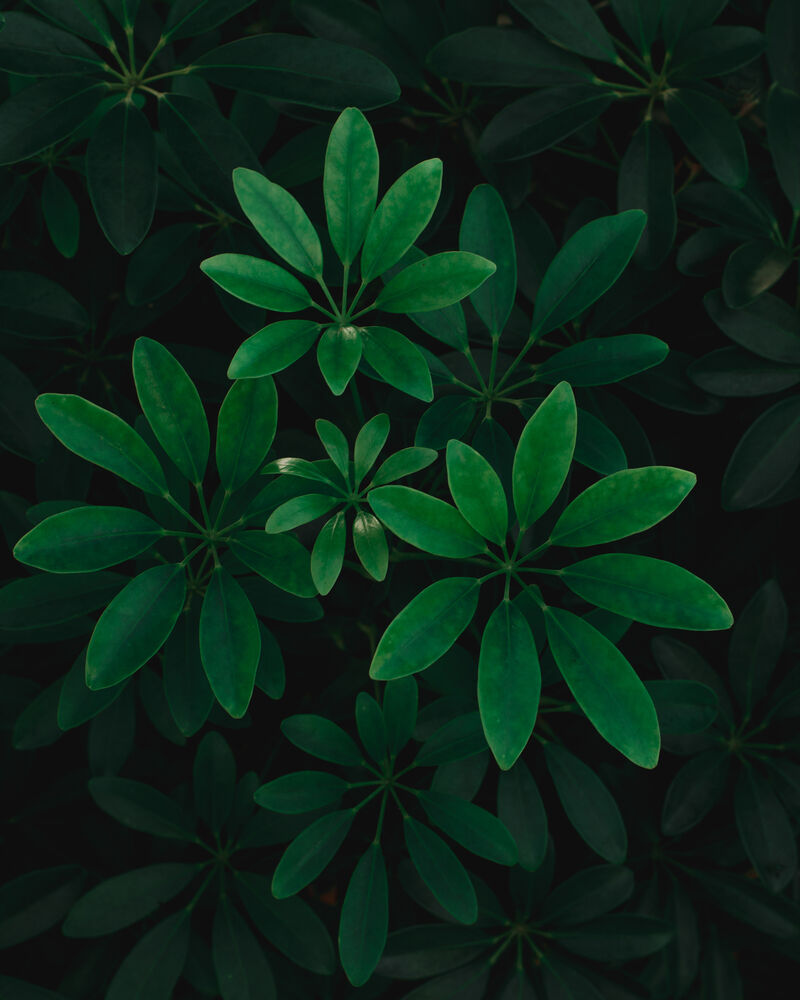Should you wish to receive your creations by December 23rd, we recommend that you place your order before December 10th.

Change country/region
The EP&L developed by the Kering Group (Environmental Profit and Loss) has enabled the Maison Boucheron to measure the environmental impact of its operations. EP&L is a decision-making tool that uses science to measure the environmental impact of all the Group's subsidiaries at different levels of the value chain, and translates it into monetary value to better understand the true societal cost of production.
This EP&L enables Maison Boucheron to implement targeted solutions and allocate investments to the areas that need them most.


Thanks to EP&L, we are able to identify our key levers for reducing our carbon footprint: electricity, energy efficiency, transportation and manufacturing. Our main impacts are in our supply chain. Hence the importance of building a strong partnership between Operations and our strategic suppliers to achieve our goal.
In line with Kering's 1.5°C reduction target, and aligned with the Science Based Target, we are committed to reducing our absolute emissions from scopes 1 and 2 by 90%, and by 70% the intensity of our scope 3 emissions by 2030, compared with 2015. Our carbon trajectory and strategy will be defined soon to lower our emissions in absolute terms.
To ensure that Boucheron's DNA is reflected throughout its activities, the Maison has a dedicated team that collaborates with university partners and industry leaders to drive technological and material innovation.
Innovation processes are subject to a specific sustainability standard. We are supported in this approach by the Kering Sustainable Innovation Lab (SIL) and its experts, who advise us on sustainable development issues.
The Maison enhances its jewelry icons through capsule innovations. The latest one symbolizes the meeting of Boucheron's Jack line and Cofalit®*. This material is derived from the "final" recycling of industrial waste. Today, it has no other use than as highway embankments, to the point of being described as "final material." Raw and an intense black color, this "final material" is now taking over the world of jewelry, conveying a powerful message: valuing what is, in essence, no longer useful.
And making it precious.
*Cofalit® is a brand of the Europlasma Group.

